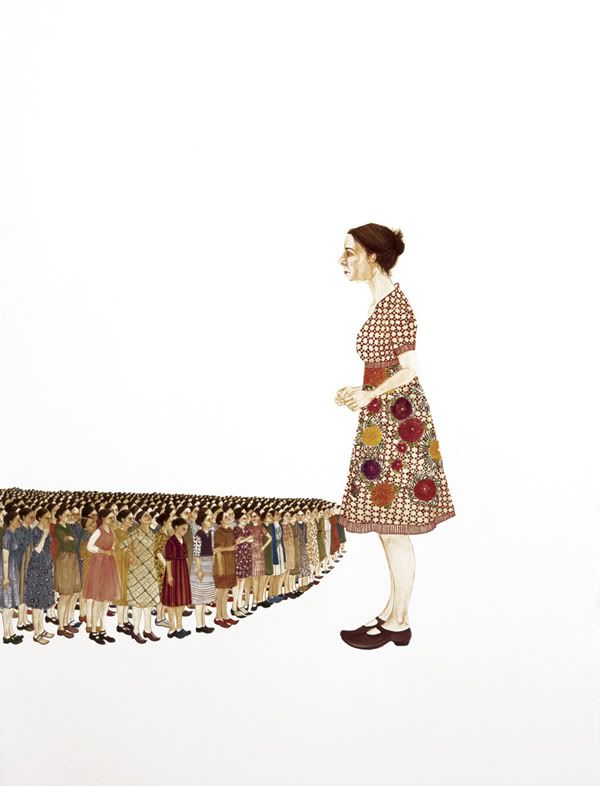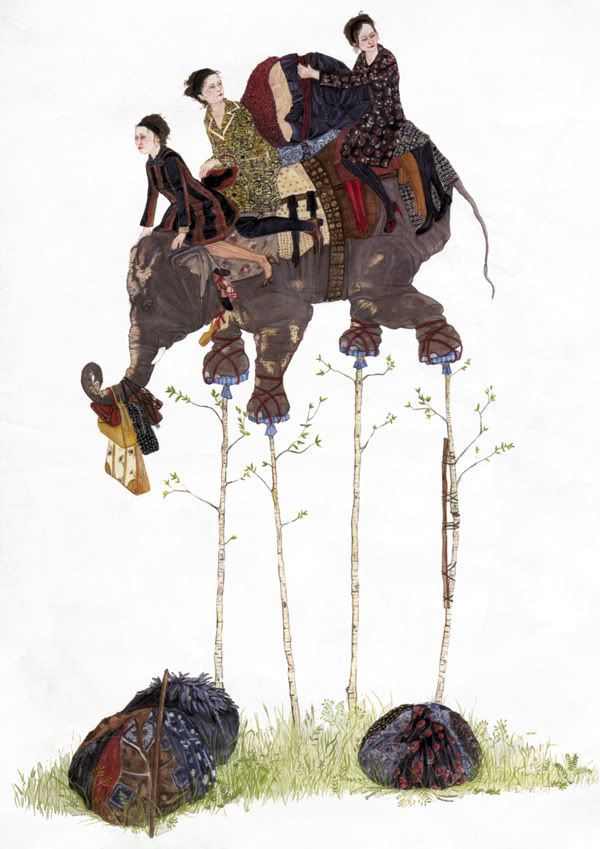
I've been making jokes about using Thomas Kinkaide (The Painter of Light, tm) seriously for a few weeks now. The more I make them, the more I realize that half the time we makes jokes in life, its because we want to gauge other's responses.
So why not consider Thomas Kinkaide seriously? He's the best selling artist of our time. Formally and aesthetically, his artwork is beautiful and pleasant. Ask any grandmother. Can beauty be its own reward, or is that a bygone of the era of art as image?
My interest in Thomas Kinkaide comes mainly from the fact that he makes no bones about marketing his artwork in ridiculous ways. Go to Barnes and Noble, for example. You can get the Thomas Kinkaide 2008 Engagement Calendar, Thank You cards, and he even has a series of novels that he "co-wrote" in the Religious Fiction section. While we may consider the pandering of his aesthetic to a targeted niche (the tasteless), he really is playing the market in a rather saavy way. Has he compromised his ideals? Does he share OUR ideals as artists? Does he derive joy from his painting, from making marks on the printed canvases he sells at his mall "gallerys"? Don't artists historically panderer to the rich and clueless?
Living in this post mechanical reproduction, post image world, an artist like Kinkaide (whether knowingly or not) is demonstrating a lot of very important issues in the art world and asking a lot about the role of the artist and the modes of representation. Obviously though, his lack of importance in the art world comes from the fact that he contributes nothing to our culture. Its all more of the same, and it looks tacky on my walls, even though the print was cheap at the Christmas Tree Shop.
But I cant help but be a little envious. He is doing something he loves, has reconciled the fact that he's pandering to bad sensibilities (check out his website. He's doing paintings for Disney of Cinderella's Castle!!!), and is making a mint off it. I can fault him all I want, but he's still rich as hell. Artistic integrity or Grandma's Money?
You decide.



















